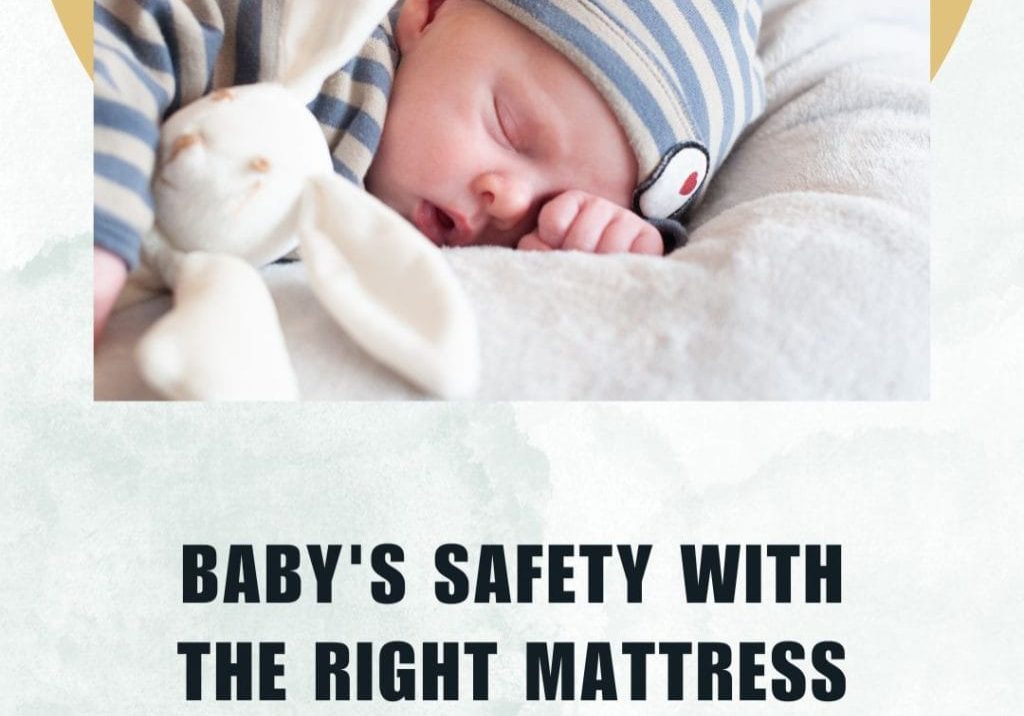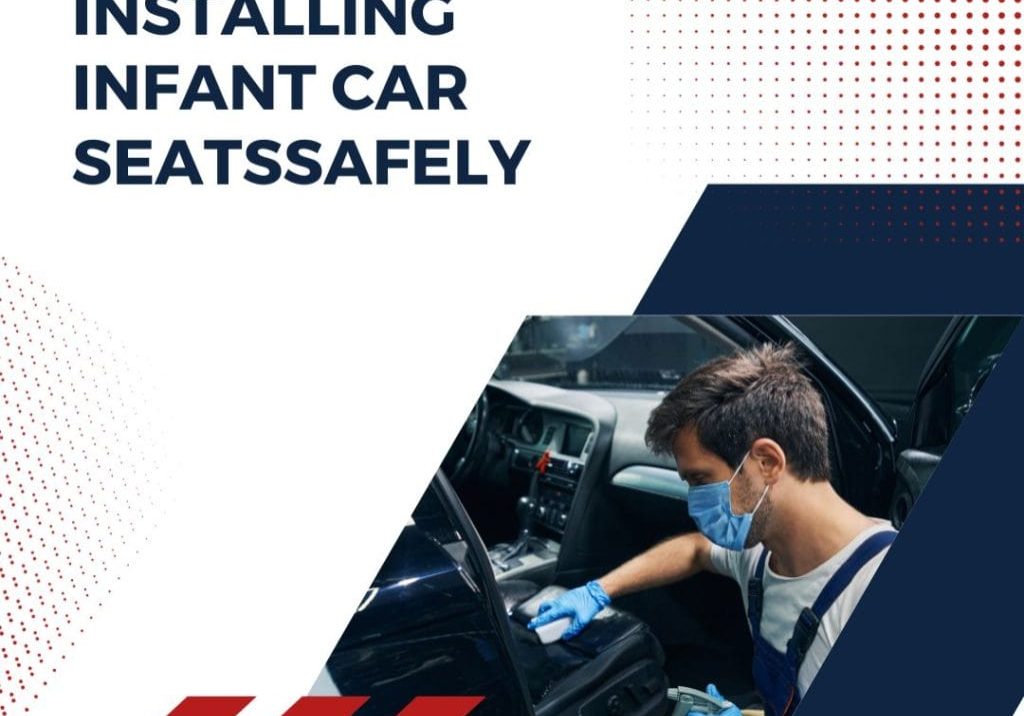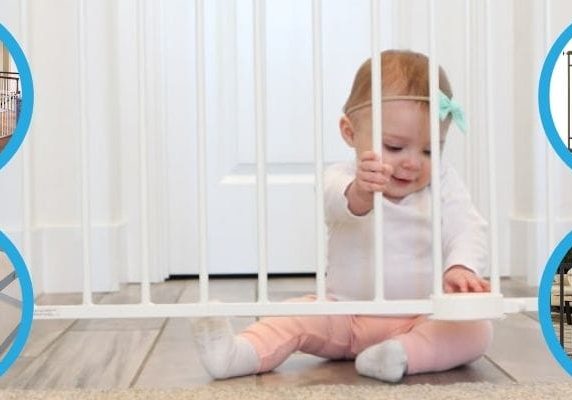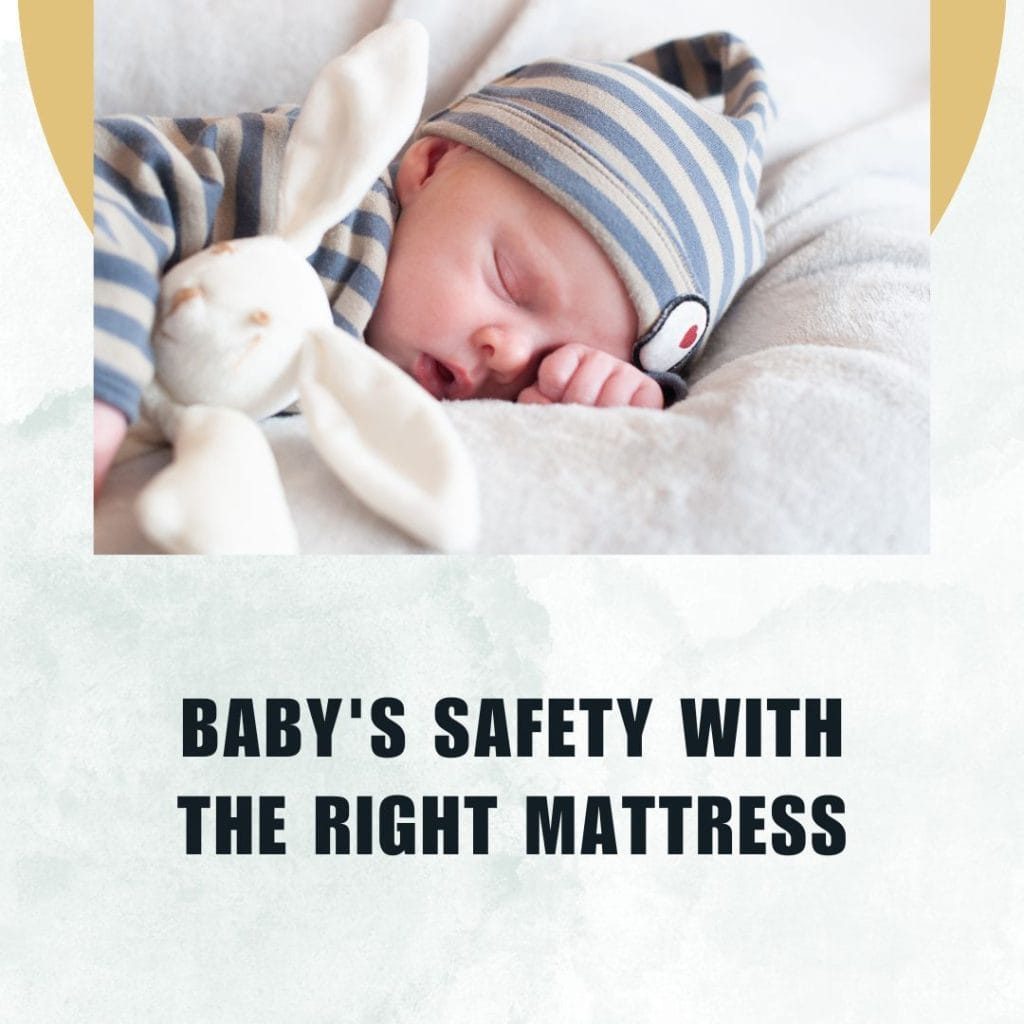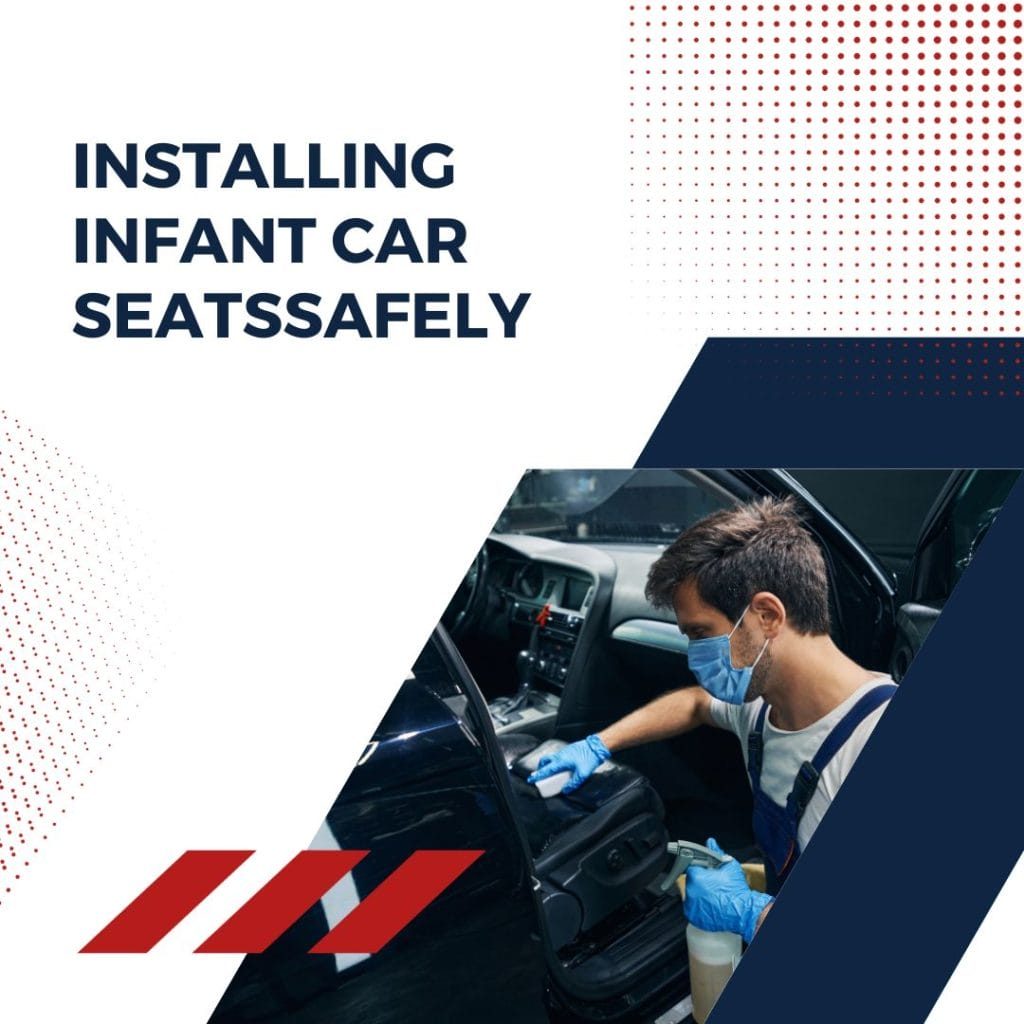Ensuring the safety of your little ones is paramount, especially when traveling. Among the myriad of concerns that new parents face, ‘Infant Car Seat Safety’ often tops the list. This guide will delve into key safety features in infant car seats, offering insights to help you make the best choice for your child’s protection and comfort on the road.
Key Safety Features in Infant Car Seats
When it comes to the safety of your little one, a car seat is more than just a means of transportation. It’s a guardian, cradling your priceless passenger during every journey. Whether this is your baby’s inaugural car ride or you’re delving deeper into the crucial dialogue around car seat safety, understanding how these features safeguard your child in the event of a collision is paramount.
This not only grants you tranquility of mind but also empowers you to make educated decisions throughout your child’s car seat progression.
Our aim is to provide a helpful guide when investing in a new car seat and for the journeys that follow. Let’s delve into the top 11 features that fortify your child’s protection:
11 Car Seat Safety Features
Five-Point Harness System
Recognized as a cornerstone of infant car seat safety, the five-point harness system is a standout feature. It can be easily identified by its distinctive design – two straps connecting at the shoulders, crotch, and hips. Notably, in the United States, the five-point harness system is the sole harness system permitted for sale!
This system plays a pivotal role in maintaining the correct upright position, ensuring the straps are aptly positioned on your child. Despite any erratic movements during a collision, your child is securely held by the harness. This essential feature not only restrains but also absorbs some of the crash impact energy.
When properly fastened, the five-point harness system is indeed one of the most crucial safety components in your child’s car seat. Hence, understanding its function and ensuring its correct usage can significantly enhance your child’s protection during car rides.
LATCH System
The acronym LATCH stands for Lower Anchor and Tethers for Children, a standard feature in passenger vehicles since 2002. This ingenious system leverages a metal bar found within the vehicle seat, equipped with hooks nestled between the seat cushions.
For children under a certain weight limit, these hooks offer a straightforward method to secure your car seat in the vehicle. Remember to consult your manual for specific weight limits.
Some find the LATCH system easier to handle than the traditional seatbelt installation process. When used correctly, it offers safety on par with the seatbelt method.
However, it’s crucial to note that the LATCH system can only be employed under a specific weight limit and must be installed in the designated area within the vehicle. Therefore, it is essential to get these elements right when opting for a LATCH installation.
Seatbelt Integration
Once your child surpasses the weight limit for the LATCH system, or if you prefer a different installation method, the use of seat belts becomes an apt choice. Car seats can be safely affixed using both the lap belt and shoulder belt. These belts must be locked and threaded through the correct path within the seat, ensuring it is securely fastened.
This seatbelt integration method becomes the mainstay for the majority of your child’s car seat journey. In fact, when properly installed, a car seat secured with seatbelts can provide safety comparable to the LATCH system.
It’s worth noting that the LATCH system comes with several restrictions regarding weight and seating location. Therefore, installing your car seat with seat belts offers a highly reliable and versatile option, irrespective of your child’s weight or the chosen spot in the vehicle.
Top Tether Strap
As your child graduates from the rear-facing car seat position to the front-facing one, the top tether strap becomes a vital safety feature. This strap is designed to connect with a hook found in various locations within your vehicle, including the back of the vehicle seat, on a sedan’s rear dash, or occasionally on the vehicle roof.
The primary function of the top tether strap is to prevent the top of the car seat from tipping forward in the event of a crash. This means that, during an accident, your child remains securely fastened to the car seat, and the car seat, in turn, remains locked to the vehicle seat.
Without the use of a top tether, the child’s head could potentially move forward an extra six inches, increasing the risk of head strike injuries. Therefore, it’s imperative to attach this tether strap when you transition to the front-facing position.
Typically, the top tether is used primarily in the forward-facing position. However, there are a few car seats in the market that provide rear-facing top tether options. Such tethers can limit how much a rear-facing car seat rotates towards the front of the vehicle during a crash, absorbing a substantial amount of the crash energy, hence enhancing your child’s protection. Captivating examples of these include the Uppababy Knox, which features a rear-facing top tether, and the Clek’s Foonf and Fllo seats that offer an additional accessory known as the Q-tether for the same effect.
Side-Impact Protection
Side-impact protection is a crucial feature in infant car seats, designed to safeguard your baby in the event of a side collision. This protective system utilizes a combination of plastic, metal, and foam to absorb and distribute the force generated by a crash, thereby reducing its impact on your little one. Typically, the sides of the car seat extend outwards to provide maximum coverage and protection for your baby’s body. Side-impact protection can either be integrated into the car seat shell or may necessitate an additional setup, such as unfolding a specialized pod on the door side of the car seat. Understanding the importance of this feature is crucial as accidents can occur from any direction, including the sides, not just from the front or rear. Therefore, side-impact protection plays a vital role in ensuring your child’s safety during car rides.
Expanded Polystyrene (EPS) or Expanded Polypropylene Foam (EPP)
The cushioning found in many car seats serves a dual purpose. It’s not only there to enhance your baby’s comfort, but it also plays a critical role in ensuring safety. Often concealed under the seat’s cover is foam padding, typically made from Expanded Polystyrene (EPS) or Expanded Polypropylene (EPP). This foam is engineered to absorb and diffuse the energy exerted during a collision, thereby reducing the force that reaches your child. Hence, this seemingly simple padding significantly contributes to safeguarding your baby during car rides.
Adjustable Recline Mechanism
As your child ages, their car seat needs to adapt accordingly, especially in terms of its recline. Newborns require a more pronounced recline than a five-year-old to ensure their head is adequately supported, which is crucial for their airway protection. The degree of recline in a rear-facing car seat also significantly influences its ability to absorb impact during an accident. The convenience of an adjustable recline mechanism in many car seats allows tailoring the angle to suit your child’s changing needs throughout their car seat usage. Consequently, this feature plays a pivotal role in maintaining your child’s comfort and safety in the vehicle.
Anti-Rebound Bar
In the unfortunate event of a collision, the initial impact propels passengers and car seats towards the vehicle’s front with considerable force. This movement reflects the principle of physics (yes, a little throwback to high school lessons here!) stating each action triggers an equal and opposite reaction. In the context of a vehicular accident, this translates to a rebound or a “bounce back” effect following the initial impact. For a car seat facing the rear, this rebound can result in extensive movement. However, an Anti-Rebound Bar (ARB), by bracing against the back of the vehicle seat, restricts this movement. Furthermore, an ARB can also reduce the car seat’s rotation during a side-impact collision. The ability to limit movement and absorb more energy makes ARBs an excellent safety feature in car seats.
Load Leg
A load leg operates similarly to an anti-rebound bar, albeit through a distinct mechanism. This feature secures the car seat to the vehicle’s floor, creating a strong barrier that prevents the seat from being thrust forward during an accident. By absorbing a significant portion of the crash impact, the load leg effectively reduces the severity of the rebound towards the vehicle seat. This functionality directly enhances your child’s safety by minimizing seat movement during a crash – the less the seat moves, the safer your child is. Numerous infant car seat bases come equipped with a load leg, and the Cybex Sirona S is a notable example of a convertible car seat that also incorporates this essential safety feature.
Instruction Manual
The Instruction Manual: Your Safety Guide
In the realm of car seat safety, there’s one component that stands above all: the instruction manual. This comprehensive guide is compiled directly by the seat manufacturer, who, undoubtedly, understands the product’s specifics better than anyone else. The manual sets forth crucial stipulations such as the maximum permissible weights and heights for each mode, and provides meticulous installation instructions and fit guides.
Contrary to the generic information scattered across the internet, this manual offers specific and precise guidelines that leave no room for ambiguity. Whether you’re unsure about the duration your child should be in the rear-facing position, or if you have questions regarding the LATCH system usage, the manual provides clear answers.
Register Your Car Seat
In addition to the wealth of information, the instruction manual often comes with a car seat registration form. By promptly sending this back, you open a direct line of communication with the manufacturer. This allows you to receive timely updates regarding any recalls or potential hazards concerning your child’s car seat.
The importance of the instruction manual cannot be overstated. Unlike the transient instructions that come with most children’s toys, this document is a fundamental facet of your seat’s safety. Make sure it is readily accessible and referred to regularly to ensure your child’s safety is maximized during every car ride.
Properly utilized car seats are built to keep your child safe in a crash!
Car seats are engineered with multiple safety features to protect your child during a vehicular accident. When correctly used, these features work in unison to minimize impact and protect your child from potential harm.
The design and structure of a car seat are geared towards absorbing crash forces. For instance, a car seat’s foam padding and the load leg both absorb and redistribute the energy from a collision. Simultaneously, the anti-rebound bar mitigates the jarring rebound effect post-impact, further enhancing your child’s safety.
However, safety doesn’t stop at the seat’s physical components. The instruction manual is a critical resource, offering comprehensive guidelines on the correct and safe use of the car seat. Adherence to these instructions maximizes the seat’s protective capabilities, ensuring your child’s safety. Therefore, while car seats inherently offer robust safety measures, their effectiveness in safeguarding your child is contingent upon their proper utilization.
Conclusion
In conclusion, infant car seat safety is multifaceted, encompassing innovative design features and meticulous adherence to guidelines. The combination of physical safety elements such as anti-rebound bars and load legs, along with the critical information from instruction manuals, work together to protect your child. Therefore, understanding and leveraging these safety mechanisms effectively is the key to ensuring optimal infant car seat safety.


